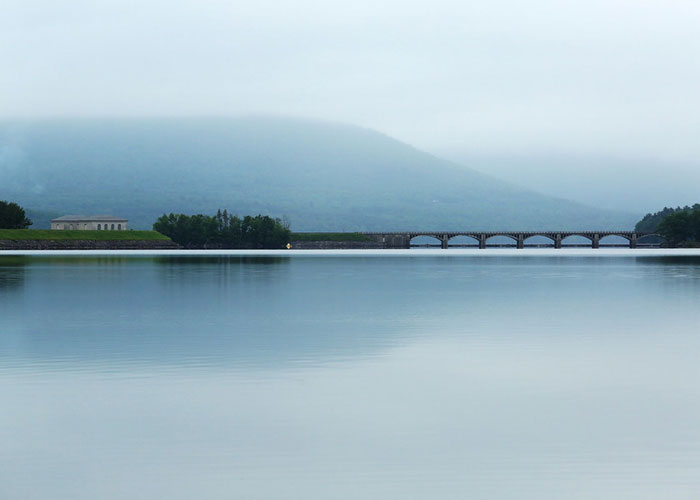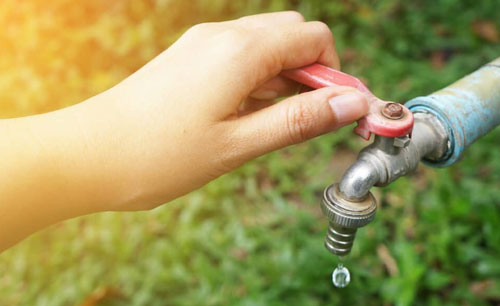With climate change, air pollution and energy access looming in the future, the power industry is turning its attention to Water Efficiency. A Sustainable Development Scenario is projected to lower the world's water withdrawals as a result of increased solar PV deployment, the shift from coal-fired power generation and energy efficiency. These efforts will also result in reduced demand for water from consumers.
Depending on the location of your home, you might have to purchase an STP to handle your sewage. Generally, residential buildings need at least one STP to treat sewage. Many STPs are located underground, making them difficult to maintain. Moreover, you may not be able to inspect them without hiring an expert. It is better to consult a professional if you have any doubts about the process.
Market failure theory
The term "market failure" is often used to describe market outcomes that do not follow the optimal behaviour of firms. The term is sometimes used as a metaphor to explain a systemic failure of a market. Market failure occurs when firms do not act in their best interests and produce waste that benefits others. Policies can address this failure, which induces actors to internalize effects or raise the price of environmentally damaging goods.
Monitoring and metering
The process water used in a power plant plays a vital role in the operation of the plant. This water is used for desalination, condensate polishing, cooling water, and other processes that require constant monitoring. This enables power plants to reduce costs and promote energy efficiency by reusing water. This requires reliable monitoring of water quality and quantity. Endress+Hauser offers reliable water metering solutions that are flexible and low-maintenance.
Market barriers

Policies and practices are needed to balance competing demands and supply security in addressing the challenges associated with water management. These challenges are becoming increasingly visible, as evidenced by increasing recognition of the water-energy nexus. Policies and practices must be compared to effectively manage the water and energy systems, and lessons learned from the power industry can be applied to the water sector. The energy efficiency gap is important for determining market barriers and designing innovative solutions.

Alternatives to the increasing price of water for producers
One alternative to increasing water prices for producers is to use an internal market. Such a market helps companies account for future costs. However, it does not deal with water problems like scarcity and availability. For example, it doesn't account for seasonal changes in consumption. In addition, a shadow price on water does not provide future-proofing for a company which would have to suffer a loss of production.
UN-Water report
Water efficiency in the power industry is a key issue in addressing global climate change. According to an UN-Water report, the power industry used 583 billion m3 of water in 2010 to produce energy, which is around 15 per cent of all global withdrawals. In addition, 75 per cent of this water was used for industrial purposes. In addition, 66 billion m3 of this water was used to produce electricity and fuels.
Hydropower as a source of renewable energy
While many of us are familiar with wind and solar energy, hydropower is the biggest renewable energy source globally. It produces about twice as much power as these two sources combined. Hydropower is primarily generated by pumping water up a hill. This technology accounts for 90% of all energy storage capacity worldwide. Although hydropower is relatively unpopular in the U.S., its price has remained steady over the last decade. It is also located in highly-desirable locations.
Hydropower as a source of energy
The concept of hydropower as a source of energy in the electricity industry. Before steam power was invented, Greeks used water wheels to grind wheat into flour. It is estimated that water wheels were used in power mills as early as 2,000 BC. The modern hydropower turbine first evolved during the mid-1700s when Bernard Forest de Belidor published Architecture Hydraulique. Hydropower has become an important part of the renewable energy mix in the United States.







































Share Post